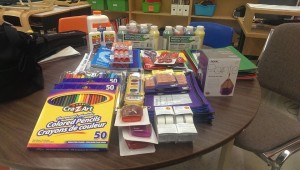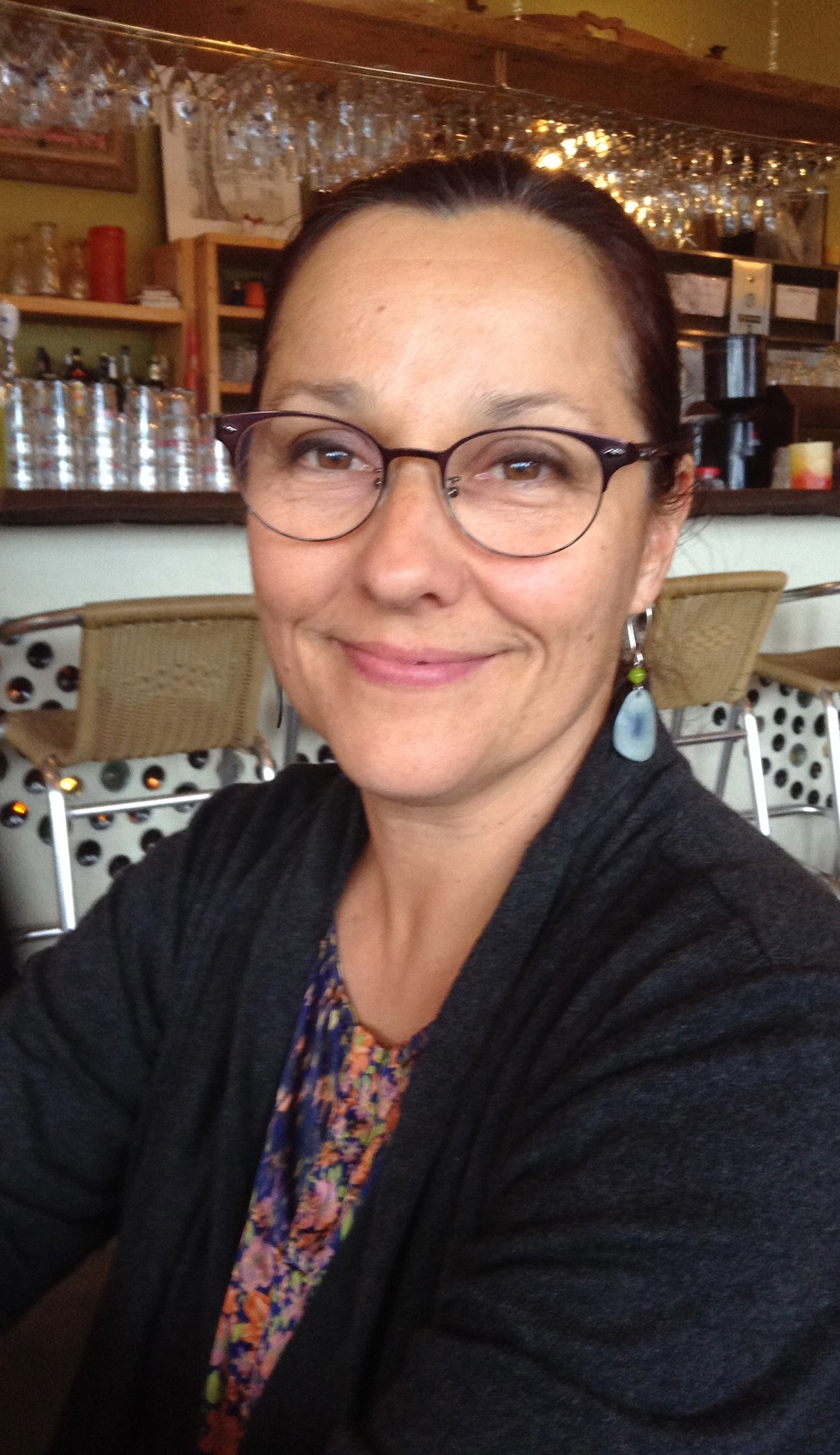I, like most teachers, have many students each year who have IEPs. I have worked with students with a variety of needs, some requiring more complex accommodations than others. It can be daunting to read IEPs and see the lists of accommodations you’re required to put into place for your students, but I promise it’s not usually as hard as it sounds.
Over the past few years, I’ve found that many of the accommodations I put into place for these students are beneficial to all of my students – so now I plan with these accommodations in mind, whether I am “officially” required to have them or not. Keep in mind as you read through these that I am a Middle French Immersion teacher, meaning that my students are all in their first or second year of learning all subject matter other than Math or English in their second language (French).
1) Strategic Seating – I doubt this one is a new idea for anyone. I rarely allow my students to choose their own seats in class because for me, strategic seating has always been a priority. I teach a second language program, so I need to make sure that the different levels of linguistic ability are spread around the room and that everyone has someone at their level to converse with when appropriate. I don’t want there to be a table of strong French speakers or a table of weak French speakers. I want every table to have a few speakers at each ability level. The confident French speakers encourage their peers to keep speaking in French. It’s a really important element of an FSL classroom, to me.
At the same time, I also need to keep in mind attention skills, social skills, aptitude in other subject areas, friendships, not-so-friendly rivalries, and a few other kinds of needs as they pop up. Planning seating arrangements takes me a long time… and I change them regularly. My husband can only laugh at this point when he watches me spend an hour planning a seating arrangement only to realize at the end that I have one student left to place, nowhere appropriate for them to go, and I have to scrap the whole thing and start over. I have always found it worth the effort, though, even if that one evening I spend working on it gets a little long!
2) Simplified Formats – Teachers love to dress up handouts and make things look fun and interesting. When you’re teaching a second language to beginners or novices, though, all of those extra things – fancy fonts, illustrations, etc. – can make it really difficult for students to understand the language. I’ve really worked hard at stripping my handouts down to the bare minimum where possible. It doesn’t just help with language comprehension, of course; this is often a suggested accommodation for students with NVLD, ADD, or LD.
3) Breaking Work into Steps – I love projects. I am all about projects. Some of my students love that, some hate it, and it’s almost always something my students use to describe me as a teacher. “She makes you do a lot of projects.” (Exchange the punctuation for more enthusiastic or frustrated symbols as appropriate.) The thing about projects, though, is that they usually require planning and time management.
I don’t know about your students, but I find that my Grade 4 students are not all that skilled with either of those concepts. They need a lot of training. Consequently, any project I assign has been broken down into steps for them to follow, usually with a checklist that I have to sign (for each step!) before they can move on. What I have found is that breaking the work up like this forces students to plan ahead, whether they want to or not.
At each step, I conference with every student (not really all that time consuming) where they show me the completed step. If I’m satisfied that their work in that stage is done, I initial their checklist and send them off to start working on the next one. When they’ve finished their project, they hand the checklist and all of their planning in with the completed task.
It’s not as time consuming as it sounds, I promise. We’re talking about steps like Brainstorming (they show me their spider web organizer), Storyboards (they show me their stick figure storyboards for their graphic novel), Sketches (self explanatory), Revision (they show me their rough copy, which they have gone through and revised on their own or with a peer), etc. It takes a matter of seconds to look over each step and sign off on them.
Overall, this has made my students’ work more cohesive, logical, and detailed.
4) Written and Oral Instructions – This one is really, really easy but has huge benefits for students. I used to have a bad habit of only providing instructions orally. Then, when I had a student with Executive Functioning Disorder, I learned why it was important to provide instructions both ways. Now, when I give students a list of instructions, I also write them on the board (usually with numbers). I provide a lot more detail orally than I do on the chalkboard; the written instructions are just a reminder for students about what to do next.
5) Extended Time Limits – On the rare occasion that I give something like a quiz, I never give my students limits on how long they can take to finish it. I find that giving them a specific amount of time really makes some of them panic, which doesn’t really lead to them doing their best work on the quiz. I try to plan an activity after a quiz/test period that they can easily jump into a little late, or ideally a work period for one of the many projects they’re working on all the time. I do also allow students to stay in at recess to finish something, but I try not to do that too much because I’m often calling parents, attending meetings, or supervising at that time.
6) Visual Schedule – I’m still struggling with getting this into my routine (it usually takes a student mentioning it before I update it for the current day) but it REALLY helps my students prepare for the day when they know what’s going to happen. I think my most loathed question (after “how long until lunch?”) is “What are we doing now?” Put a schedule on the wall. It doesn’t have to be detailed – often just having the subject and time is enough for them.
Those are by no means the only accommodations that would be useful to all students, but they’re definitely my top six that I always put in place no matter the needs in my classroom.




